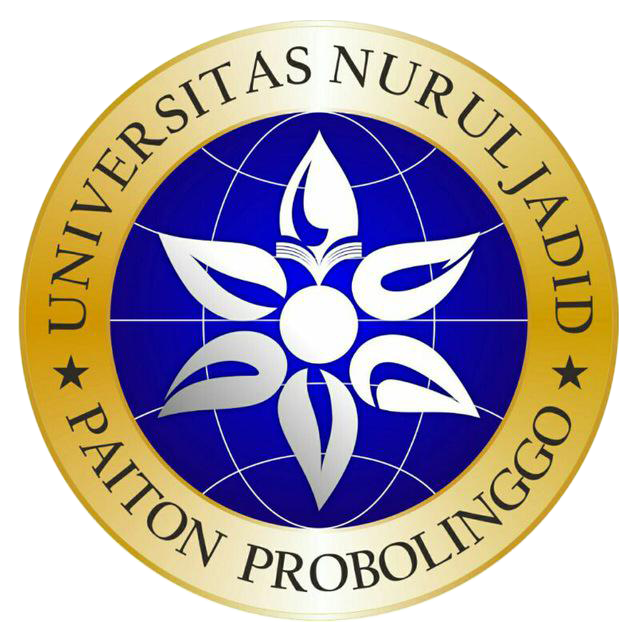Relationship Between Level of Knowledge and Nurse Compliance in the Implementation of Standard Operational Procedures (SOP) for Infusing in the Emergency Installation Unit.
Introduction: Emergency Department is the main entry point for hospital services in providing first aid to patients. One of the common infections in hospitals is nosocomial infection. The success of controlling nosocomial infections in infusion procedures is not determined by advanced equipment but by the behavior of healthcare workers in properly caring for patients.. Objectives: This study aims to analyze the relationship between knowledge level and nurses' compliance with the Standard Operating Procedure (SOP) for Infusion Placement in the Emergency Department of RSU dr. H. Koesnadi Bondowoso.. Methods: The study was conducted in January 2016 at the Emergency Department of RSU dr. H. Koesnadi Bondowoso. A correlational design with a cross-sectional approach was used. The population consisted of all nurses in the Emergency Department, with a total sample of 18 participants, selected using total sampling technique. Data were collected through questionnaires and observation sheets, then analyzed using SPSS "Spearman Rho" with a significance level of 5%. Results: The Spearman Rho test results at a 5% significance level (α) showed a P value of 0.001, concluding that p ≤ 0.05, so H1 is accepted, and Ho is rejected. This indicates a significant relationship between knowledge level and nurses' compliance with the SOP for Infusion Placement in the Emergency Department of RSU dr. H. Koesnadi Bondowoso. Conclusions: The findings demonstrate that nurses' knowledge is fundamental in adhering to the SOP for Infusion Placement, thereby preventing nosocomial infections.
Keywords : Knowledge Level; Nurse compliance; Standard Operating Procedure for Infusion Insertion.
- A.Wawan dan Dewi M. 2010, “Teori dan Pengukuran Pengetahuan, Sikap dan Perilaku Manusia”, Yogyakarta, Nuha Medika.
- Buku Standart Operasional (SOP) Tahun 2015 dr. H. Koesnadi Bondowoso, SOP Pelaksanaan Pemasangan Infus.
- Hermawan, D, 2013, Pengantar Keperawatan Profesional, Yogyakarta, Gosyen Publishing.
- Info kesehatan, Laporan Tahunan RSUD Dr. Saiful Anwar Malang Tahun 2014, rsusaifulanwar.jatimprov.go.id, Diakses pada tanggal 2 Nopember 2015.
- Info kesehatan. Rumah Sakit Menjadi Sumber Penularan Penyakit. www.depkesprovjogja.co.id, diakses pada tanggal 1 Nopember 2015.
- Lestari, Titik, 2015, Kumpulan Teori Untuk Kajian Pustaka Penelitian Keperawatan, Yogyakarta, Nuha Medika.
- Muchlas, M. 2008. Prilaku Organisasi. Yogyakarta, CV. Banyubiru.
- Notoatmojo, S. 2007, “Promosi Kesehatan dan Ilmu Prilaku”, Jakarta , Rineka Cipta.
- Nursalam. 2008. Konsep Dan Penerapan Metodologi Penelitian Ilmu Keperawatan Pedoman Skripsi, Tesis Dan Instrumen Penelitian Keperawatan. Jakarta, Salemba Medika.
- Priharjo, R. 2008. Tehnik Dasar Pemberian Obat Bagi Perawat. Jakarta, EGC.
- Sugiono, 2015, Statistika Untuk Penelitian cetakan ke 26, Bandung, Alfabeta.
- Sunaryo, 2008. “Psikologi Untuk Keperawatan Cetakan Ke II”, Jakarta, EGC.
- Suparyanto, 2010, Konsep Dasar Kepatuhan, www.http://dr-suparyanto.html. Diakses tanggal 11 Nopember 2015.
- Tamsuri, A, 2008, Riset Keperawatan Bagi Pemula, Kediri, Pamenang Press.
- Yani Firda T, 2013, Tehnik Prosedural Keperawatan, Jogjakarta, D-Medika.

